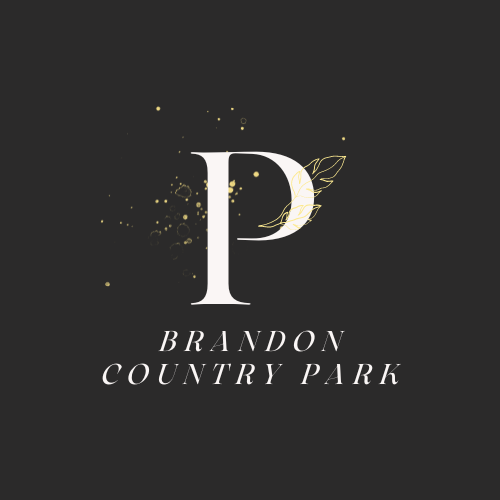Parks and recreation strengthen communities and bring families together, according to research. Green spaces provide a natural outlet for family-friendly activities, social connections, and community attachment in a city culture characterized by concrete jungles and mental silos. A 2016 study found that city dwellers benefit from parks and green spaces. This study found that urban areas with larger parks had a higher quality of life than those without such green space. It's more important than ever that public spaces like parks and rec centers adhere to public health standards. Parks are the only way to stay close to nature and engage socially despite necessary distancing protocols. You can walk, run, cycle, exercise, picnic, and pet-walk in them.
Park-based mentoring. Increased parks and recreational areas reduce juvenile crime. Parks and rec centers have mentoring programs. It reduces drug use, violence, and other negative outcomes among US youth. One in nine American teens will turn 19 without a mentor. Consider it a preventative measure to focus their energies. Children with a mentor are 55% more likely to go to college, 56% less likely to drop out of school, and 46% less likely to try drugs, according to a report. Parks help youth develop positive habits by providing one-on-one and small-group mentoring. High-quality mentorship programs and emotional support can help at-risk youth and strengthen the community.
Engaging youth. Children love playgrounds, parks, and other open areas to play. Use of parks and green spaces during formative years is crucial for physical and mental development. Playing outside improves children's motor and cognitive skills, physical activity, and disruptive behavior and ADHD symptoms, according to numerous studies. All-ages children love parks with jungle gyms, swing sets, and monkey bars. Children hop in "muddy puddles" like Peppa Pig.
Promotes safe communities. Parks help communities develop neighborliness by providing communal spaces. People are more likely to have fun in communities with parks. Such activities can improve a community's safety. Because well-used parks require maintenance. People clean and design public spaces artistically. A recent study found that mayors and other public officials consult with constituents during park planning and development. It promotes a sense of safety and stability by fostering communal pride in these areas. High-crime areas have few residents, many vacant lots, and few street lights. Texas at Austin students investigated. Less green space was linked to higher crime rates. This is consistent with similar studies.
Economic prosperity. A park can help local residents in this way. Parks boost property value. Buyers, renters, and retirees looking for peace and quiet are drawn to neighborhoods with parks and green spaces. Parks increase property values, which boosts the municipality's tax base and revenues. According to the National Recreation and Park Association, public parks generate $200 billion annually. In 2013, parks created 1 million jobs. Homes near parks and green areas are 8-20% more valuable, according to the data. Offices and businesses located in greener, higher-quality landscapes have 7% higher rental rates. Well-kept parks boost cities' economies by attracting tourists. Parks are often called "living artworks." Tourists and locals visit well-kept parks. Central Park in New York City is a well-known example of how a tourist attraction can pay for itself. San Antonio's Riverwalk Park brought in $425,000 and quickly became the top tourist attraction. Centennial Olympic Park sees about the same number of visitors yearly. This pattern continues.
